Recent Earthquakes:Seacliff, California, United States
Seacliff has had: (M1.5 or greater)
- 2 earthquakes in the past 24 hours
- 15 earthquakes in the past 7 days
- 47 earthquakes in the past 30 days
- 601 earthquakes in the past 365 days
Seacliff has had: (M1.5 or greater)
- 2 earthquakes in the past 24 hours
- 15 earthquakes in the past 7 days
- 47 earthquakes in the past 30 days
- 601 earthquakes in the past 365 days
Seacliff has had: (M1.5 or greater)
- 2 earthquakes in the past 24 hours
- 15 earthquakes in the past 7 days
- 47 earthquakes in the past 30 days
- 601 earthquakes in the past 365 days
News about Oil Spill
According to Jewish law, there are certain foods that cannot be eaten, as well as some foods that cannot be eaten together. These kosher foods are divided into three categories: meat, dairy and pareve. Pareve (pronounced PAHR-iv) is the Yiddish term that refers to foods that contain no meat or dairy ingredients. Parve is the Hebrew term and is pronounced PAHR-vuh.
According to the Jewish dietary laws, or laws of kashrut, whereas meat and milk products may not be cooked or eaten together, pareve foods are considered neutral and may be eaten with either meat or dairy dishes.
Foods That Are Pareve
Anything that is not dairy or meat—and has not been prepared with dairy or meat—is considered pareve. All fruits, vegetables, pasta, grains, nuts, beans, legumes, and vegetable oils are pareve. Beverages such as soft drinks, coffee, and tea are pareve. Many candies and sweets are pareve as long as they are labeled as such. Even if there isn't dairy in the ingredients, the food may have been produced on dairy equipment, so checking labels is important.
Interestingly, though they are animal products, both eggs and fish are considered pareve as well. Note that in many Jewish Orthodox circles, while fish and meat may be eaten at the same meal, it is not considered permissible to cook fish and meat together, to serve or consume them from the same plate or to eat them during the same course of a meal.
Pareve products will have the word "pareve" and a letter U on their label. Alongside the kosher symbol, you may also see a D (for dairy) or D.E. (dairy equipment), as well as those foods that do not specifically note "meat."
With the exception of fish, pareve foods are inherently vegetarian and dairy-free. Therefore, many consumers with dietary restrictions who do not keep kosher for religious reasons may nevertheless seek out kosher pareve-certified products.
Interestingly, though they are animal products, both eggs and fish are considered pareve as well. Note that in many Jewish Orthodox circles, while fish and meat may be eaten at the same meal, it is not considered permissible to cook fish and meat together, to serve or consume them from the same plate or to eat them during the same course of a meal.
Pareve products will have the word "pareve" and a letter U on their label. Alongside the kosher symbol, you may also see a D (for dairy) or D.E. (dairy equipment), as well as those foods that do not specifically note "meat."
With the exception of fish, pareve foods are inherently vegetarian and dairy-free. Therefore, many consumers with dietary restrictions who do not keep kosher for religious reasons may nevertheless seek out kosher pareve-certified products.
Cooking With Pareve Foods
For those who do keep kosher as a matter of religious conviction, pareve recipes make it easier to build menus around meat or dairy dishes. If you keep kosher you do not eat milk and meat products together (so no cheeseburgers, or steak with mashed potatoes that have dairy), and would, therefore, feature pareve foods with your meat dishes or your dairy meals.
People who keep kosher have two sets of dishes, utensils and serving pieces—one for meat and one for dairy—so the two types of food never come in contact with each other in any way. Since pareve is neither meat nor dairy, these foods can be cooked, served and eaten on either the meat or dairy set of plates.
There are also required waiting periods between the consumption of meat and dairy foods, so pareve foods such as fruits, vegetables, and nuts are useful for snacking between meals.
For those who do keep kosher as a matter of religious conviction, pareve recipes make it easier to build menus around meat or dairy dishes. If you keep kosher you do not eat milk and meat products together (so no cheeseburgers, or steak with mashed potatoes that have dairy), and would, therefore, feature pareve foods with your meat dishes or your dairy meals.
People who keep kosher have two sets of dishes, utensils and serving pieces—one for meat and one for dairy—so the two types of food never come in contact with each other in any way. Since pareve is neither meat nor dairy, these foods can be cooked, served and eaten on either the meat or dairy set of plates.
There are also required waiting periods between the consumption of meat and dairy foods, so pareve foods such as fruits, vegetables, and nuts are useful for snacking between meals.
Replacing Margarine in Recipes
For many decades—particularly when it was assumed that all animal fats were unhealthy additions to the diet—kosher cooks embraced pareve stick margarine as a substitute for butter or schmaltz (rendered chicken fat). With the understanding that margarine is generally abundant in dangerous trans-fats, many have healthier pareve alternatives to margarine.
For savory recipes, olive oil or neutral oils such as grapeseed or canola are often favored. Baked goods can pose a greater challenge, as solid fats are often essential for achieving the desired texture. Coconut oil and non-hydrogenated solid shortenings made from palm oil are becoming increasingly popular in kosher recipes as pareve alternatives to margarine as well.
For many decades—particularly when it was assumed that all animal fats were unhealthy additions to the diet—kosher cooks embraced pareve stick margarine as a substitute for butter or schmaltz (rendered chicken fat). With the understanding that margarine is generally abundant in dangerous trans-fats, many have healthier pareve alternatives to margarine.
For savory recipes, olive oil or neutral oils such as grapeseed or canola are often favored. Baked goods can pose a greater challenge, as solid fats are often essential for achieving the desired texture. Coconut oil and non-hydrogenated solid shortenings made from palm oil are becoming increasingly popular in kosher recipes as pareve alternatives to margarine as well.
 Par-ni (Pakistan)[PK / PAK / 02] Pakistan
Par-ni (Pakistan)[PK / PAK / 02] Pakistan Par-ni Lug (Bosnia and Herzegovina)[BA / BIH / 02] Bosnia and Herzegovina
Par-ni Lug (Bosnia and Herzegovina)[BA / BIH / 02] Bosnia and Herzegovina Par-ni (Cameroon)[CM / CMR / 04] Cameroon
Par-ni (Cameroon)[CM / CMR / 04] Cameroon Mets Par-ni (Armenia)[AM / ARM / 06] Armenia
Mets Par-ni (Armenia)[AM / ARM / 06] Armenia Parni (India)[IN / IND / 09 / 472] India
Parni (India)[IN / IND / 09 / 472] India Par-ni (India)[IN / IND / 36 / 200] India
Par-ni (India)[IN / IND / 36 / 200] India Par-ni (Russian Federation)[RU / RUS / 52] Russian Federation
Par-ni (Russian Federation)[RU / RUS / 52] Russian Federation Pär-ni (Estonia)[EE / EST / 14 / 0433 / 04336531] Estonia
Pär-ni (Estonia)[EE / EST / 14 / 0433 / 04336531] Estonia
Earthquakes  Par-ni
Par-ni
Informations about Parni
| Country | Pakistan |
| Region | Balochistān (02) |
| Coordinates | Latitude : 31.25633 Longitude : 70.12161 |
| Time zone | Asia/Karachi (GMT +5h) |
Earthquakes  Par-ni Lu-g
Par-ni Lu-g
Informations about Parni Lug
| Country | Bosnia and Herzegovina |
| Region | Srspka (02) |
| Coordinates | Latitude : 44.30464 Longitude : 19.06309 |
| Time zone | Europe/Sarajevo (GMT +1h) |
Earthquakes  Par-ni
Par-ni
Informations about Parni
| Country | Cameroon |
| Region | East (04) |
| Coordinates | Latitude : 3.45 Longitude : 15.01667 |
| Time zone | Africa/Douala (GMT +1h) |
Earthquakes  Mets Par-ni
Mets Par-ni
Informations about Mets Parni
| Country | Armenia |
| Region | Lori (06) |
| Coordinates | Latitude : 40.83472 Longitude : 44.11108 |
| Population | 1 934 inhabitants |
| Time zone | Asia/Yerevan (GMT +4h) |
Earthquakes  Par-ni
Par-ni
Informations about Parni
| Country | India |
| Region | Gujarat (09/472) |
| Coordinates | Latitude : 24.16939 Longitude : 73.0225 |
| Time zone | Asia/Kolkata (GMT +6h) |
Earthquakes  Par-ni
Par-ni
Informations about Parni
| Country | India |
| Region | Ut-tar Pradesh (36/200) |
| Coordinates | Latitude : 24.14009 Longitude : 83.027 |
| Time zone | Asia/Kolkata (GMT +6h) |
Earthquakes  Par-ni
Par-ni
Informations about Parni
| Country | Russian Federation |
| Region | No-v-go-rod (52) |
| Coordinates | Latitude : 58.60048 Longitude : 32.19649 |
| Time zone | Europe/Moscow (GMT +3h) |
Earthquakes  Pär-ni
Pär-ni
Informations about Pärni
| Country | Est-o-nia |
| Region | Sa-ar-e (14/0433/04336531) |
| Coordinates | Latitude : 58.31139 Longitude : 22.42278 |
| Time zone | Europe/Tal-l-inn (GMT +2h) |
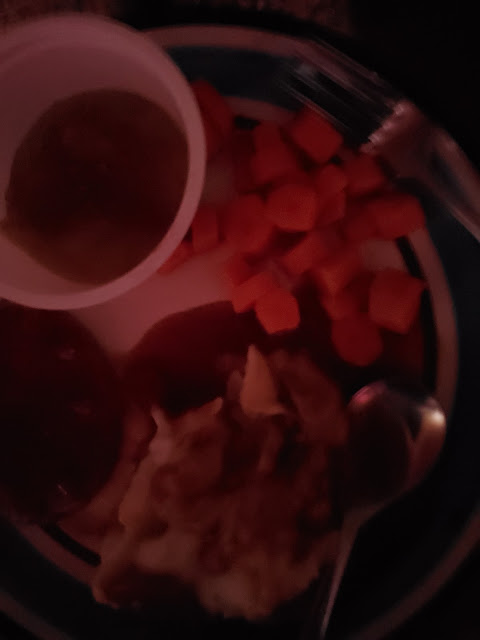
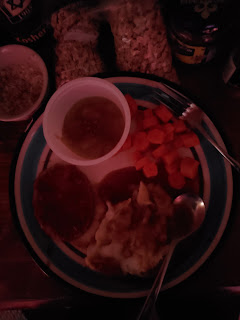
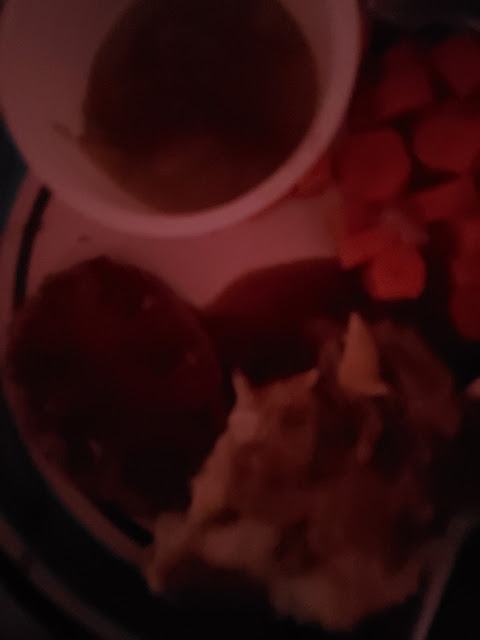

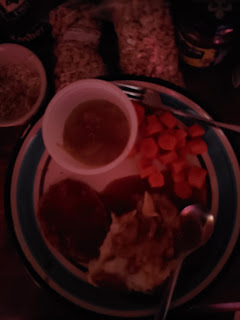
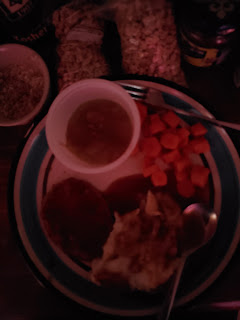
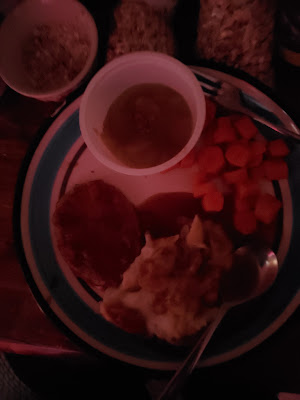


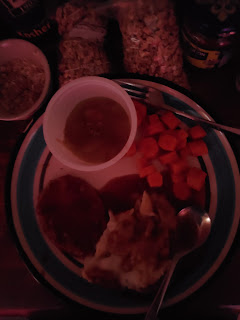

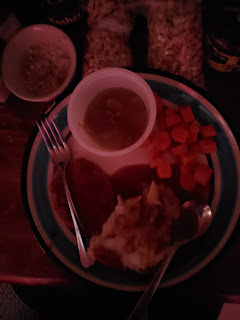
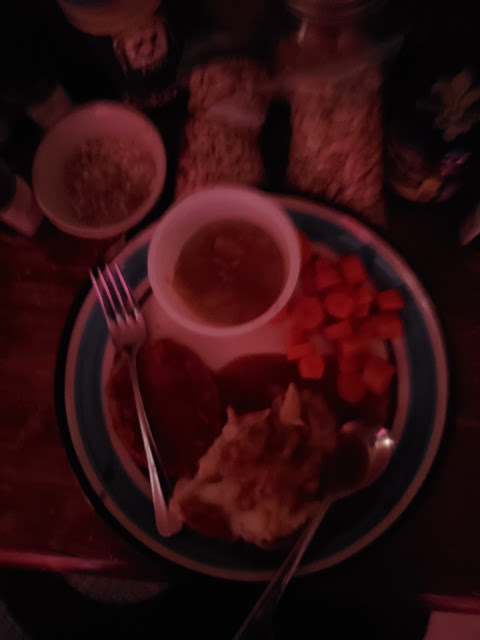
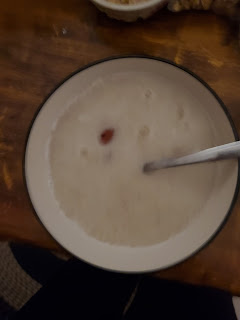
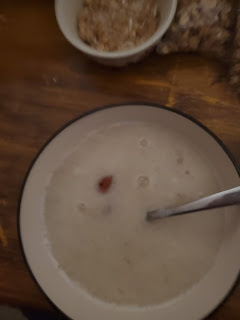
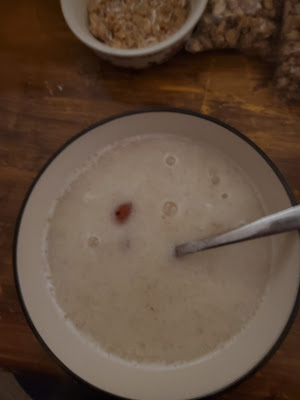
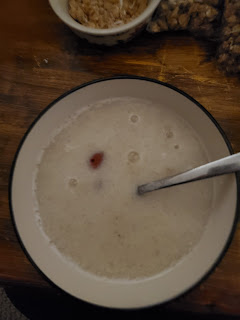
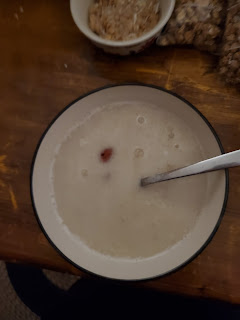
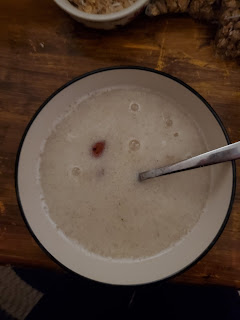
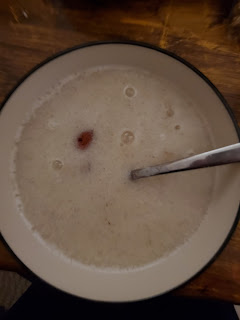
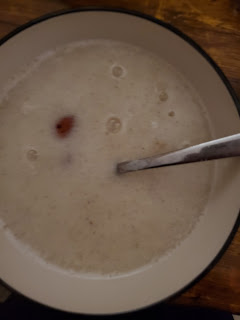
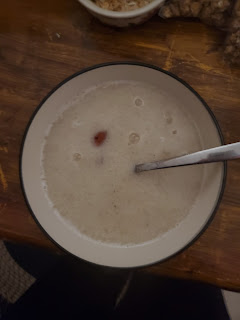



No comments:
Post a Comment
Note: Only a member of this blog may post a comment.